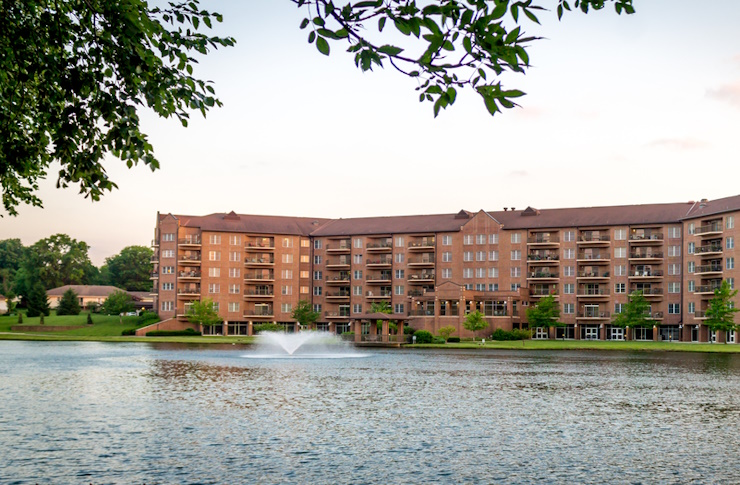Assessing water supply resilience and backup power arrangements in towers
Understanding water supply resilience and backup power arrangements in towers helps renters, owners and managers evaluate how buildings sustain daily operations and respond to emergencies. This overview outlines practical checks tenants can make on utilities, maintenance routines, governance and billing to assess readiness in Dubai apartment towers and similar high-rise settings.

High-rise towers in Dubai present specific challenges for water supply resilience and backup power. Tenants and prospective renters should look beyond aesthetic factors to understand how a building maintains uninterrupted utilities during peak demand or outages. Effective systems combine adequate storage, reliable pumping infrastructure, tested generator capacity and clear governance that assigns responsibility for maintenance, billing and inspections. Lease terms and service agreements can affect who pays for contingency measures, and clear records on inspection and maintenance schedules are useful indicators of operational readiness.
How do utilities and service charges affect resilience?
Service charges and utilities billing reflect the cost of maintaining systems that underpin resilience. Towers with transparent service charges typically itemize water pumping, tank cleaning, generator servicing and cooling plant upkeep. Regular billing that separates utilities from service charges helps tenants and landlords allocate costs fairly. Where water is supplied via towers’ infrastructure rather than individual meters, governance rules should explain how maintenance and emergency repairs are funded. Reviewing recent invoices and maintenance logs gives a sense of whether reserve budgets are adequate for emergency repairs and whether tenants may expect special assessments for unplanned events.
What should tenants check in lease and governance documents?
Lease and governance documents outline responsibilities for rent, lease obligations, and the rights of tenants regarding interruptions to utilities. Tenants should confirm who arranges and funds temporary water supply or bottled deliveries during significant outages, and whether backups are included in service charges. Governance policies and building by-laws indicate how the owners’ association schedules inspections and enforces maintenance, which affects long-term resilience. Clear clauses about insurance, liability and dispute resolution reduce ambiguity when water or power interruptions occur; tenants should also verify notification procedures for planned shutdowns and emergency restorations.
How are backup power and cooling systems typically organized?
Backup power in towers is commonly provided by on-site generators sized to support critical pumps, lifts and essential lighting. Cooling systems, often central, rely on uninterrupted power to maintain pump and chiller operation; loss of power can quickly compromise comfort and water circulation in hot climates. Assessment should include the generator fuel capacity, automatic transfer switch testing frequency, and cooling plant redundancy. Noise mitigation around generator rooms and regular maintenance reduce both operational disruptions and tenant complaints about noise and performance, while staged testing schedules can show whether management prioritizes operational readiness.
How to assess water supply, storage and inspection routines?
Robust towers have dedicated water storage tanks, pressure boosting systems and scheduled inspection routines. Inspect whether tanks are accessible for cleaning, whether there are monitoring systems for levels and pressure, and how often inspections are recorded. Effective inspection routines address contamination risk, corrosion, sediment buildup and pump wear. Building management that publishes inspection reports or allows periodic review of maintenance logs demonstrates proactive governance; this transparency can be especially important for tenants who depend on consistent water supply for daily needs like cooking, bathing and cooling systems.
How does broadband and connectivity tie into emergency arrangements?
Broadband connectivity and building-wide communications play a practical role during outages. Effective emergency protocols use building-wide notification systems—often tied to broadband or internal connectivity—to inform tenants about water or power interruptions and expected restoration times. Automated billing and reporting tools supported by reliable connectivity help management coordinate repairs with contractors and suppliers. Tenants should verify whether critical alarm systems and remote monitoring tools rely on redundant connectivity paths to ensure alerts can be sent even when one network is degraded, and how online platforms are used to log and track maintenance requests.
What to expect for insurance, parking and ongoing maintenance?
Insurance policies held by owners or the owners’ association can cover damage related to water incidents or generator failures, but tenants should verify what aspects their personal contents insurance must cover. Parking and common-area systems also depend on water and power for lighting, drainage and fire suppression systems, so maintenance plans for these shared assets matter in service charges. Regular scheduled maintenance, documented inspections, and a governance framework that outlines vendor selection and emergency procurement ensure continuity and reduce the chance that a single failure cascades into larger service disruptions. Noise management around plant rooms, clear maintenance timelines and visible inspection records are practical signs of competent building governance.
Conclusion
Assessing water supply resilience and backup power arrangements in towers requires a mix of technical checks and review of governance documents. Tenants and prospective renters should review service charges, inspection records, lease clauses, and maintenance schedules to understand who is responsible for utilities, how disruptions are managed, and what levels of redundancy exist for pumping, storage and power. Transparent billing, documented inspections and clear governance are reliable indicators of a tower’s capacity to maintain essential services during normal operation and emergencies.






